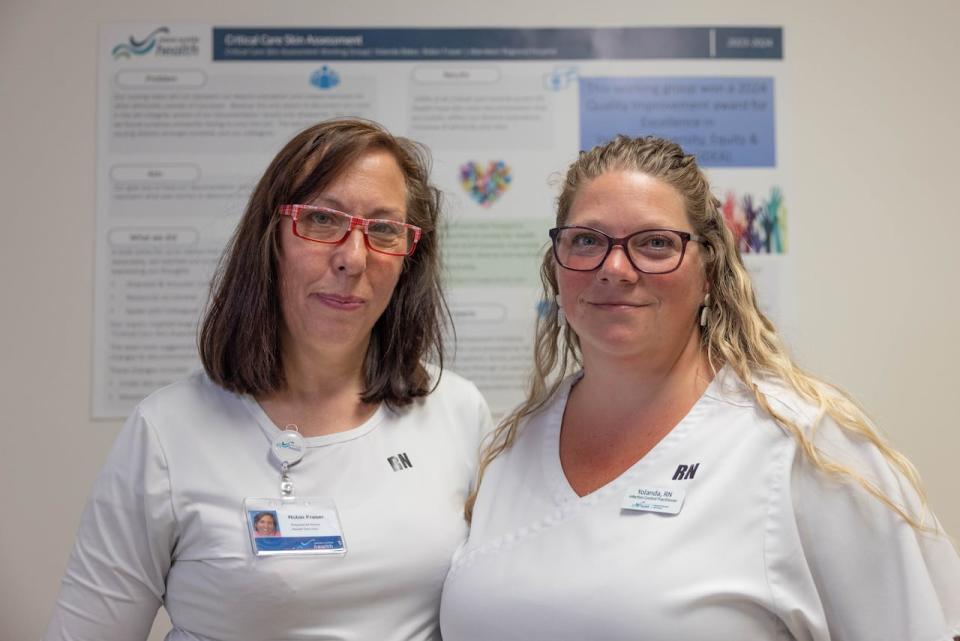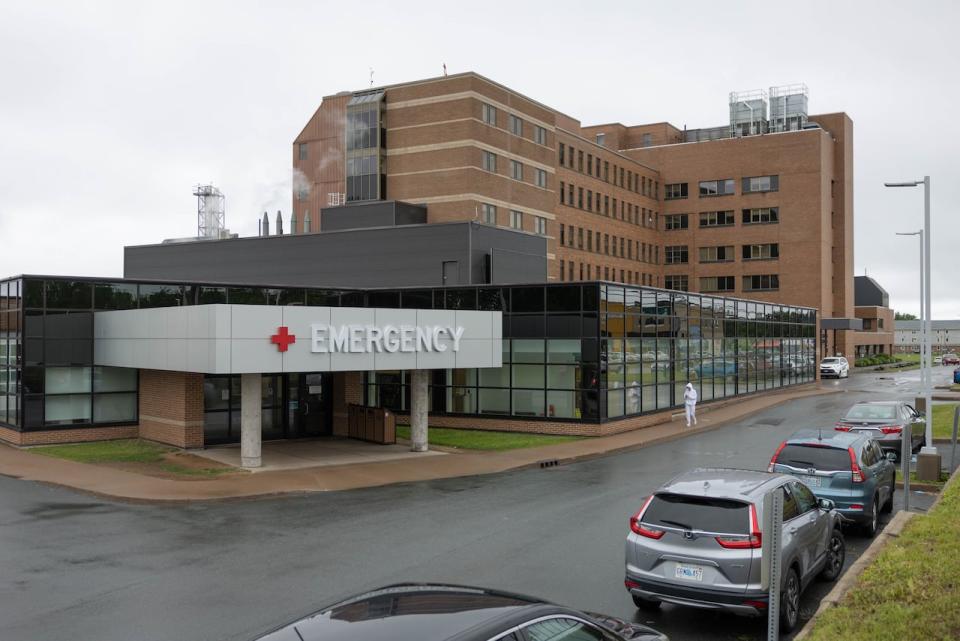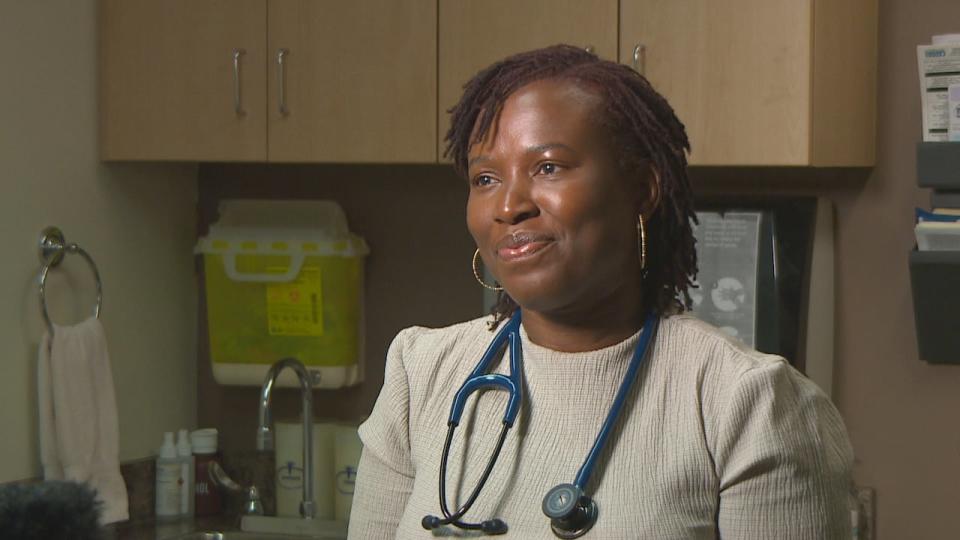Charting a course for more appropriate and inclusive patient care
It took some time before Yolanda Baker and Robin Fraser realized they were thinking the same thing.
Both were working as registered nurses in the ICU at the Aberdeen Hospital in New Glasgow and started to notice they were more regularly altering assessment forms because they were not reflective of an increasingly diverse patient population.
Specifically, the section of the form that detailed a patient's skin colour and any changes had no option for patients who were not white, referring only to pink, pale, mottled or jaundiced as skin colour options.
"I found myself scratching it out on occasion and then I noticed scratching it out more often and just saying 'normal for ethnicity,'" Baker said in a recent interview.

Unbeknownst to Baker, Fraser was doing the same thing.
"And then one day it's like, 'Why am I doing this,'" she said.
Fraser, like Baker, contacted the health authority's diversity and inclusion committee to register concerns about the forms and their lack of inclusivity. They found a receptive audience and a working group was assembled to examine the issue.
Now, critical care records across Nova Scotia Health have accurate skin documentation fields no matter a patient's background. The forms also encourage a pupil check for jaundice, because it can be a more accurate gauge than skin colour.
Establishing a baseline of a patient's skin and any subsequent changes can be an early way of catching serious problems.

Dr. Yinka Akin-Deko, a family doctor who works at the Cole Harbour Family Medicine collaborative practice, said a range of skin conditions such as jaundice and cellulitis can present differently in patients depending on skin colour.
For that reason, she said, it's important for practitioners to listen to the patient, take a history and keep in mind that the skin colour they're seeing might not be what was presented in a textbook.
"Because medical textbooks have, over the years, presented a type of patient," she said in an interview. "It hasn't been representative."
That's starting to change, but there's still work to do, said Akin-Deko.
"We have to individualize care. It cannot just be the same for everyone."

Changes like the one brought about by Fraser and Baker's initiative do two things, said Akin-Deko: For health-care workers, it's a reminder that there are differences among patients that must be accounted for during examinations; for patients, it's an acknowledgment that diversity is recognized and will help lead to the most appropriate care.
"So everyone in that room is getting the right care and the right assessment and hopefully the right results that we need."
Fraser said that after she and Baker made their suggestion, it got them thinking about other forms and aspects of care that might not be as inclusive as they can and should be. They were heartened by the response from the health authority.
"It makes me feel valued as an employee," said Baker.
Akin-Deko said it's important for the system to support people when they bring forward issues and ideas that can lead to better patient care and outcomes.
"We need to be driving the change. We need to be making the changes so that our patients continue to trust us and come in and engage with us."
MORE TOP STORIES


